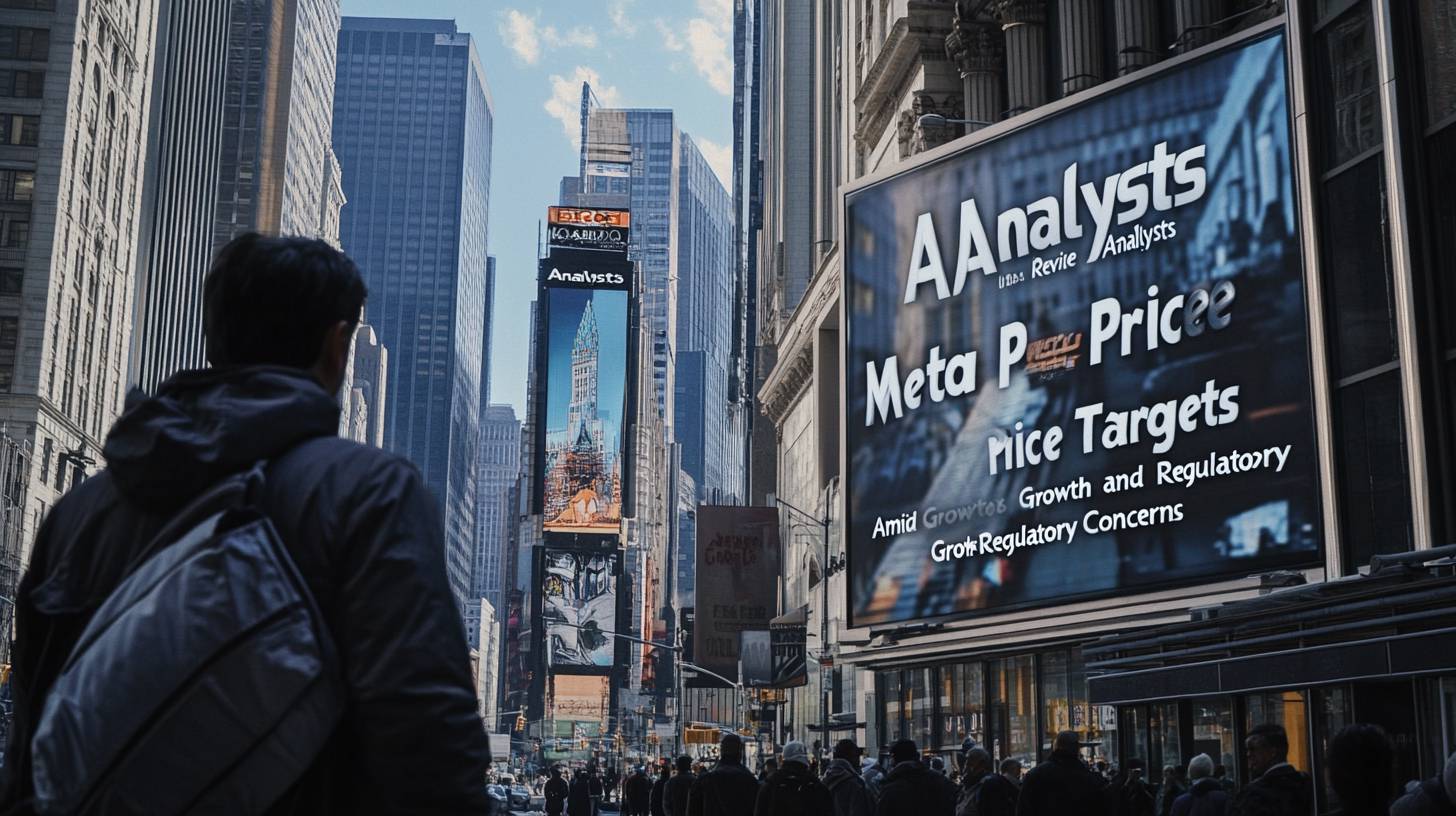
tech giants escalate AI investments
Artificial intelligence (AI) is swiftly emerging as a fundamental aspect of technological evolution, and the globe’s major tech firms are preparing for a significant surge in capital expenditure (capex) to facilitate this transition. Microsoft, Amazon Web Services, and Google’s parent company, Alphabet, are at the forefront, with a Bloomberg analysis estimating their combined capital investment to reach approximately $100 billion by 2025. This marks a noteworthy threefold increase compared to the average from 2020-2023, fueled by the rising demand for generative AI solutions.
Generative AI, encompassing developments like large language models and AI copilots, is compelling companies to make substantial investments in infrastructure, particularly in data centers and new AI-led products. These expenditures are vital to satisfy the escalating computational needs of AI, which relies on extensive processing power and storage capacity. The Bloomberg study indicates that over $20 billion in additional capital outlay is anticipated in 2024-25 compared to 2023, with much of this directed towards enhancing generative AI infrastructure.
Nonetheless, the financial rewards from these investments may not be immediate. The research suggests that it might take 2-3 years for firms to begin realizing returns, mainly through increased cloud usage, licensing of large language models, and implementation of AI copilots. For Australian firms, this presents a possible opportunity to harness these advancements, especially in fields such as finance, healthcare, and logistics, where AI could foster enhanced efficiency and innovation.
As these technology behemoths increase their spending, the broader effects are likely to reverberate across the global economy, including in Australia. Local businesses that depend on cloud services or aim to incorporate AI into their operations may need to brace for heightened costs as providers transfer some of the expenses linked to these extensive infrastructure developments. Nevertheless, the long-term advantages of AI adoption could surpass the initial financial investments, granting Australian companies a competitive advantage in an ever more AI-focused world.
meta’s AI-centric future and financial forecast
Meta Platforms, a prominent contender in the AI competition, is committing significant resources to ensure it remains at the cutting edge of this technological shift. CEO Mark Zuckerberg has expressed a clear intent regarding the company’s dedication to AI, considering it a vital engine for growth moving forward. In Meta’s third-quarter earnings call, Zuckerberg highlighted that advancements in AI are not solely about innovation but are also crucial for propelling the company’s core operations, including its suite of apps like Facebook, Instagram, WhatsApp, and Messenger.
Meta’s financial prognosis underscores this AI-oriented approach. The company’s capital outlays for 2024 are estimated to fall between $30 billion and $34 billion, with even more ambitious expenditures anticipated in 2025. This represents a substantial increase from prior years and highlights the extensive infrastructure necessary to sustain AI initiatives. Meta’s CFO, Susan Li, reaffirmed that a significant portion of this spending will be allocated toward bolstering the company’s AI capabilities, including data centers and AI R&D.
Despite the heavy financial commitment, Meta’s financial results remain robust. The company reported earnings of $3.03 per share, reflecting a 14.9% rise from the previous year, with total revenue reaching $32.59 billion, primarily attributed to advertising sales. This growth in both earnings and revenue is encouraging for investors, even as the company’s stock saw a 4% decline on October 31. It’s noteworthy that Meta’s stock has surged 59% year-to-date, indicating investor faith in the company’s long-term strategy.
Meta’s daily active users, a critical benchmark for assessing the vitality of its platform, increased by 4.8% to 3.29 billion. This rise in user activity is vital as it lays a solid foundation for the company’s AI-driven projects, especially in personalized advertising and AI-enhanced customer service. Zuckerberg also pointed out the swift uptake of Meta AI and Llama, the firm’s large language model, which are rapidly establishing themselves as industry benchmarks.
However, the market’s response to Meta’s increased spending has been varied. Some analysts, like those from Wedbush, have reiterated their outperform rating on Meta, citing the company’s robust third-quarter performance and the promise of future AI-driven expansion, while others have raised concerns over the escalating capex. Goldman Sachs analysts, for example, maintained their buy rating but slightly adjusted their price target downward, noting the “substantial capex increase” necessary to realize Meta’s AI goals.
Conversely, Bank of America Securities has elevated its price target for Meta, acknowledging that the company’s heightened focus on AI may lead to unexpected product innovations in the near future. These could involve advancements like AI-driven customer service solutions or AI-enhanced advertising tools, which would further bolster Meta’s revenue channels.
For Australian investors and enterprises, Meta’s AI-forward trajectory offers both prospects and obstacles. On one hand, the company’s dedication to AI could yield new products and services that Australian firms can utilize to enhance customer interactions, optimize operations, and refine marketing strategies. Conversely, the escalating costs linked to AI infrastructure may result in elevated prices for Meta’s offerings, especially in the realms of advertising and cloud computing.
As Meta continues to escalate its AI investments, Australian businesses should closely monitor the unfolding developments. The company’s commitment to AI could transform the digital advertising landscape, providing fresh tools and platforms that might enable local firms to engage their target demographics more effectively. However, the rising capex also implies that businesses may need to be prepared for potential cost increases as Meta allocates some of these expenses to its customers.

